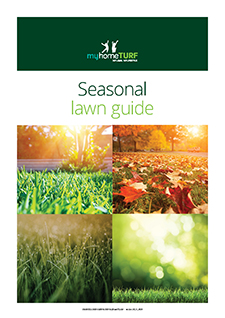Is it Okay to Fertilise Your Lawn After Mowing?
A beautiful, lush lawn is a source of pride for many homeowners. It not only adds to the aesthetics of your property, but also provides a functional space for outdoor ...

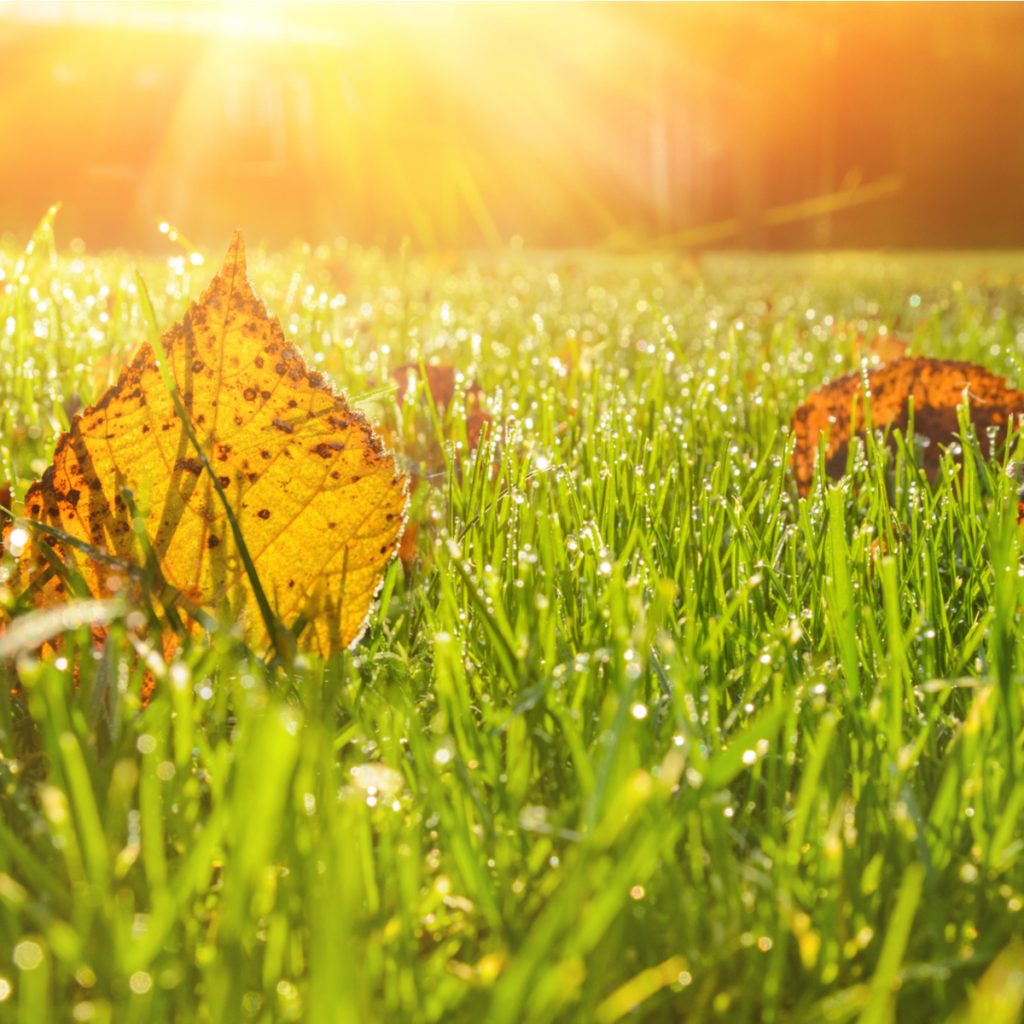 Autumn truly is the smartest time of the year to prepare your lawn for the harsh winter ahead.
Autumn truly is the smartest time of the year to prepare your lawn for the harsh winter ahead.
Fertilising is one of the best things you can do to prepare your lawn for winter as it makes it strong and healthy and ready for any tough, cold conditions that lie ahead.
With the soil maintaining its summer warmth and the more frequent rainfall, your lawn is busy absorbing energy, moisture and all the nutrients it needs to get it through the coldest part of the year.
By giving your lawn some love and fertilising now you’ll be sure to get a lot of love back by spring.
 A good piece of advice before fertilising is to aerate your lawn as summer often causes a lot of compaction.
A good piece of advice before fertilising is to aerate your lawn as summer often causes a lot of compaction.
Aerating addresses compaction by putting small holes into the lawn therefore allowing the fertiliser to access the soil and improve air circulation – aiding your lawns growth.
If you don’t have an aerator at home, they’re easy to hire and inexpensive. If you own a large yard, you may need to call a landscaper to get this done for you.
It’s important to clear your lawn of any fallen leaves and debris as soon as you can and before fertilising.
The last thing you want is for the leaves to become wet, stick together, and suffocate the grass and breed fungal diseases.
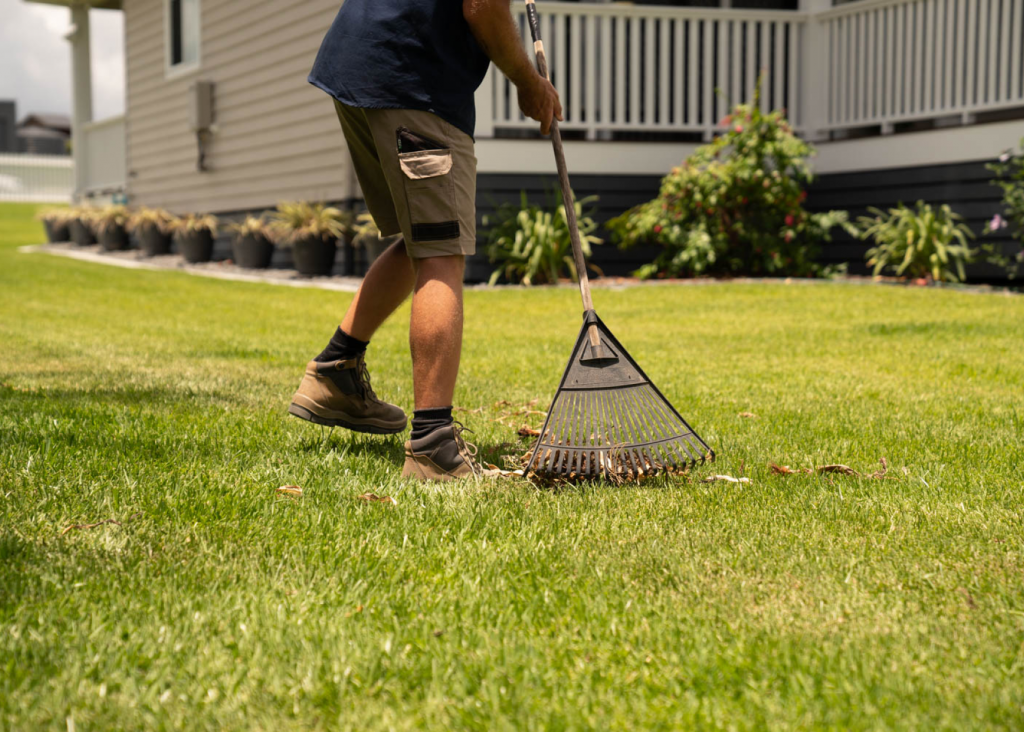 Want to know a tip? Rake all the leaves into a garbage bag and add a handful of Dynamic Lifter to help the leaves break down. It’ll eventually turn into compost, which you can spread over your garden beds.
Want to know a tip? Rake all the leaves into a garbage bag and add a handful of Dynamic Lifter to help the leaves break down. It’ll eventually turn into compost, which you can spread over your garden beds.
It is important that you know what sort of grass you have before selecting a fertiliser. Always apply quality lawn fertiliser based on the label’s recommendations.
Liquid fertilisers have the benefit of being able to be applied to both the ground or to the lawn foliage itself, also called foliar application.
Application of liquid fertiliser through the ground will result in the roots absorbing the nutrients.
Application to the lawn allows the leaves to absorb the fertiliser and have the nutrients more readily available for immediate use.
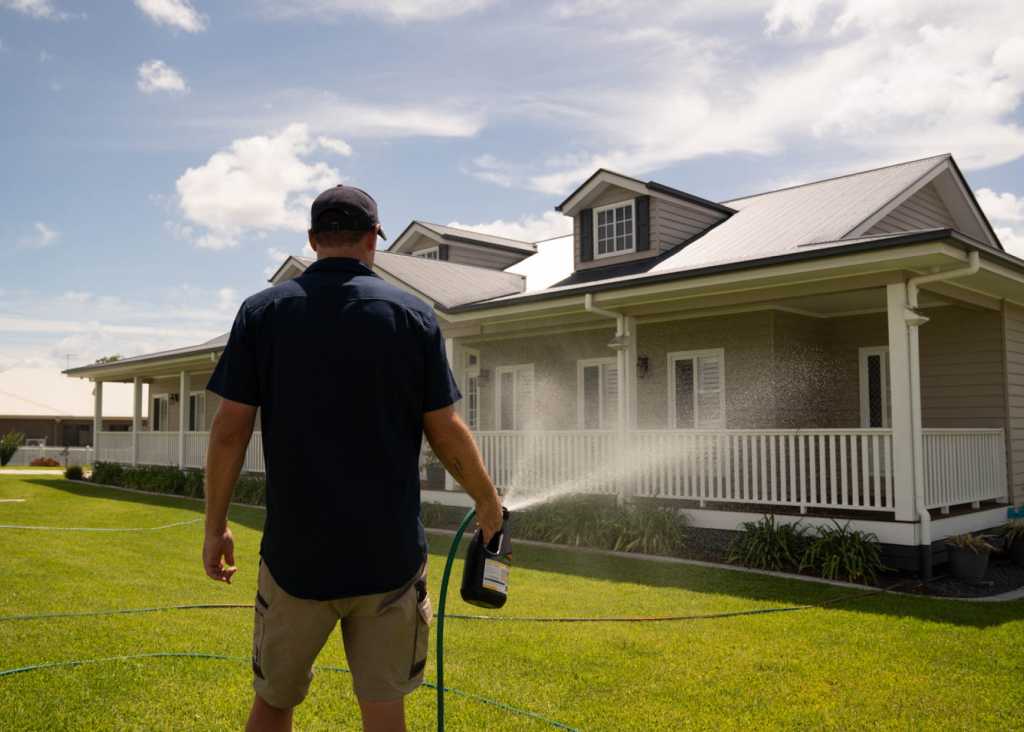 Foliar application gives you the option of making mid-season corrections to add vital nutrients to your lawn if it didn’t get the correct mixture at the beginning of the season or, it your lawn needs a boost.
Foliar application gives you the option of making mid-season corrections to add vital nutrients to your lawn if it didn’t get the correct mixture at the beginning of the season or, it your lawn needs a boost.
Another main benefit of a liquid lawn fertiliser is that it can be easily administered to the largest of lawns in a liquid form and absorbed, not only by the lawn foliage itself, but also by the surrounding soil.
This is of great value to lawn care and while liquid fertiliser is commonly more expensive it can be more effective!
Again, the best fertiliser for your lawn is one that contains the nutrients your soil needs.
One of the advantages of using a liquid lawn fertilizer is that you can easily mix in any other nutrients your lawn and soil needs.
Whether you mix concentrate in a litre sprayer (the less expensive option) or purchase a pre-mixed bottle that attaches to your garden hose, lawn liquid fertiliser is more versatile than granular because you can apply it to the ground or the leaf foliage.
For a good selection of liquid fertilisers have a look at our online shop.
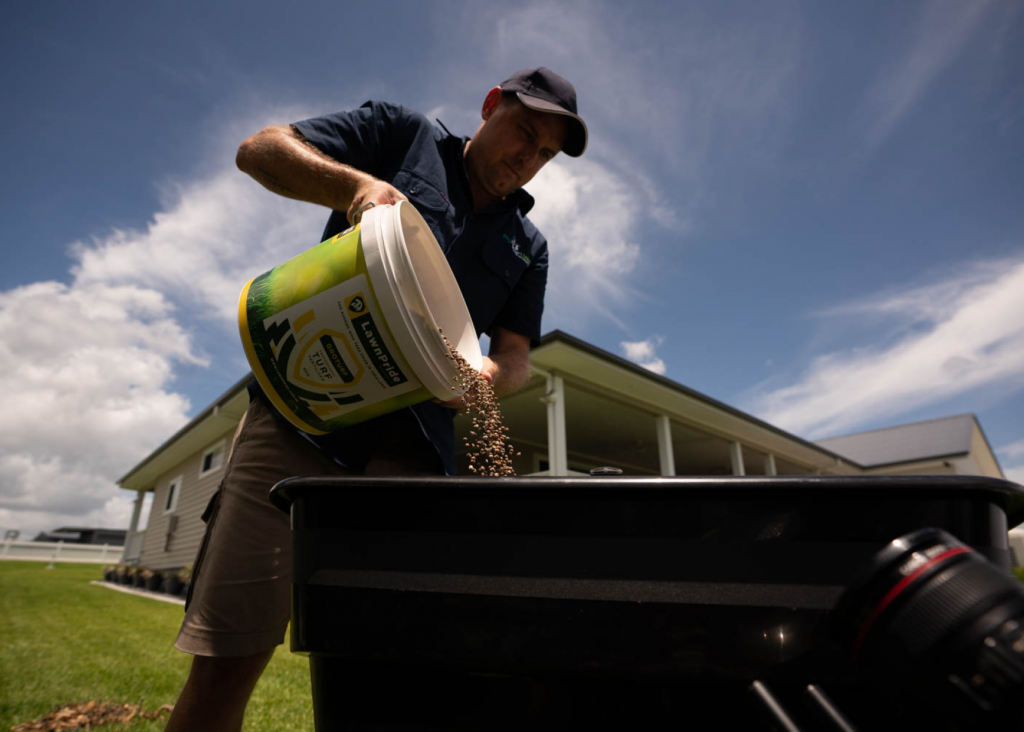 Most lawns respond well to a slow release fertiliser which can be found at the myhomeTURF online shop.
Most lawns respond well to a slow release fertiliser which can be found at the myhomeTURF online shop.
Using a slow release fertiliser on your lawn once during autumn before the ground becomes too cold.
Application of your slow release fertiliser should occur during late March or early April (when the weather is still warm).
Another benefit of a slow release fertiliser is that a consistent level of growth and greening occurs across the life of the application with no spike in growth and no nutrient-run off.
It is important not to use cheap slow release fertilisers as these products tend to initially release a lot of nutrients and dwindle off quickly with nutrient delivery, resulting in an initial surge in growth and greening – however, consistent growth will not be maintained.
Traditional lawn fertiliser is often the cheapest lawn food choice but not necessarily the best.
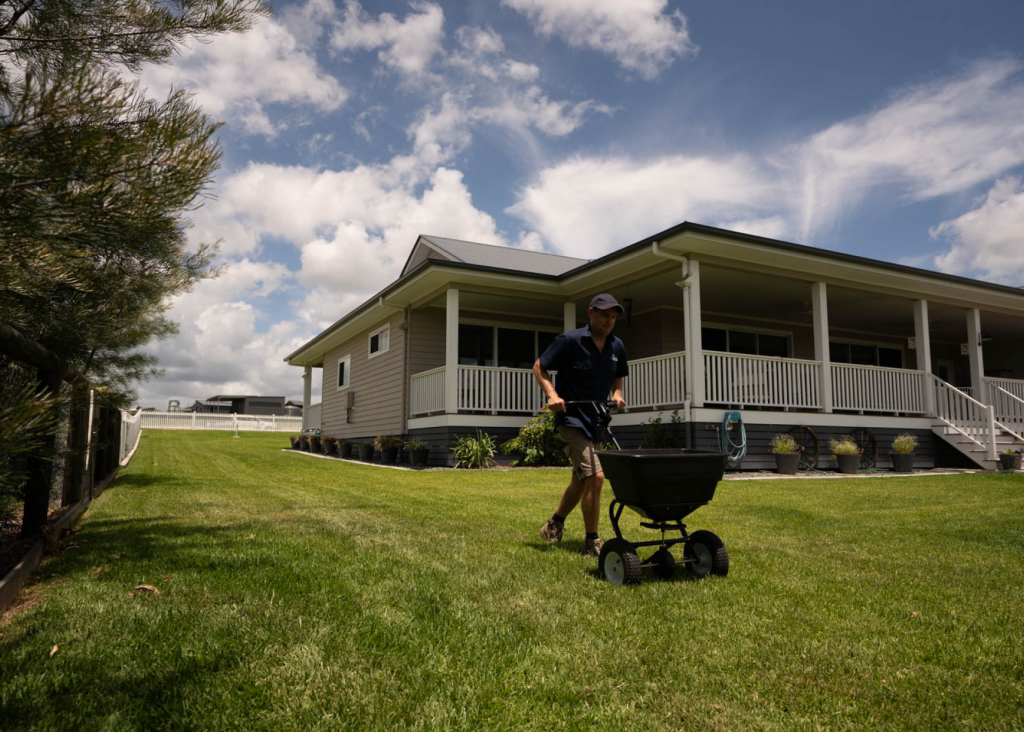 Traditional fertilisers also tend to dump their nutrient load immediately after watering in which often leads to high nutrient run-off into waterways and drains.
Traditional fertilisers also tend to dump their nutrient load immediately after watering in which often leads to high nutrient run-off into waterways and drains.
Application rates for traditional fertilisers are every 4 to 6 weeks and rely on the lawn being able to absorb the nutrients as they move through the soil.
However frequent applications of traditional fertiliser can have detrimental effects on the soil chemistry and therefore health.
A ‘true’ organic fertiliser is one that has been certified as 100% organic – so be sure to have that guaranteed when purchasing.
The simplest way to check that it is 100% organic is by looking for the Australian Organic Certified logo on the bottle or pack.
A recommended organic fertiliser is a blend of both a natural (organic) and synthetic (manufactured) fertiliser.
Therefore, the use of an organic lawn food and soil improver combines the features of both a slow release fertiliser as well as natural ingredients such as seaweed, fish, manure and bio-stimulants.
Since organic fertiliser are natural products it is hard to over-fertiliser and in fact, they make your soil and plant health strong.
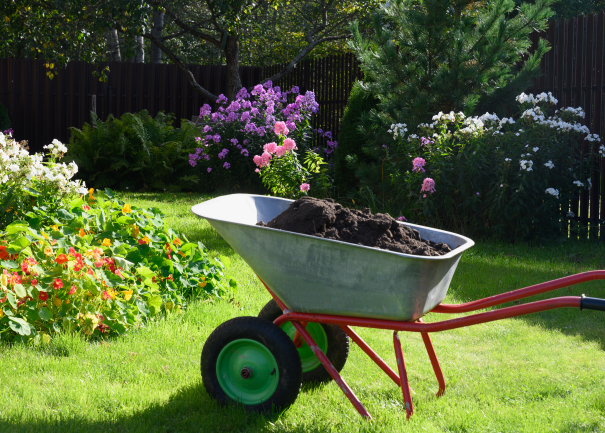 As organic fertilisers can be more expensive than other fertilisers it is possible to make your own by composting manure – such as from cattle or chooks.
As organic fertilisers can be more expensive than other fertilisers it is possible to make your own by composting manure – such as from cattle or chooks.
The best time to apply your organic fertiliser in autumn is either late March or early April.
Another application of organic fertiliser during winter – preferably late June.
New, unique herbicide formulations are available that when combined with fertilizer offer homeowners the ability to fertilize their lawn and control broadleaf weeds in one application.
Many products exist offering a wide variety of NPK and nitrogen sources to match the specific fertility needs of your lawn.
Types of combination product could include, pre-emergent weed control, post-emergent broadleaf weed control or a combination of both.
One of the most popular combined fertiliser and pre-emergent herbicide products is granular Oxafert which controls Summer Grass, Crowsfoot Grass, Winter Grass and Creeping Oxalis and offers an efficient NPK (nitrogen, phosphorus and potassium) application of fertiliser.
FIND YOUR LOCAL SUPPLIER: Your local Grower suppliers can easily be found with our online Supplier locator tool OR if you would like to obtain up to 3 QUOTES from your local supplier today – Click – get 3 quotes
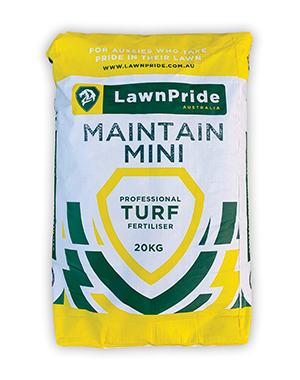
For slow-release fertilisers, Lawn Pride Maintain Mini 26-2-9 + 3.4 Fe 20kg is one of the most popular granular all-round lawn fertilisers on the market with the active ingredients of Nitrogen (N – 26), Phosphorus (P – 2), Potassium(K – 9) and Iron (Fe – 3.4). Suitable for Zoysia, Kikuyu, Couch and Buffalo grasses. Always read the safety directions and instructions on the product label before use.
SHOP NOW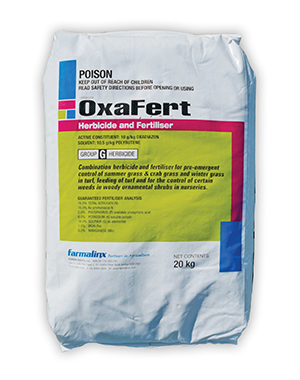
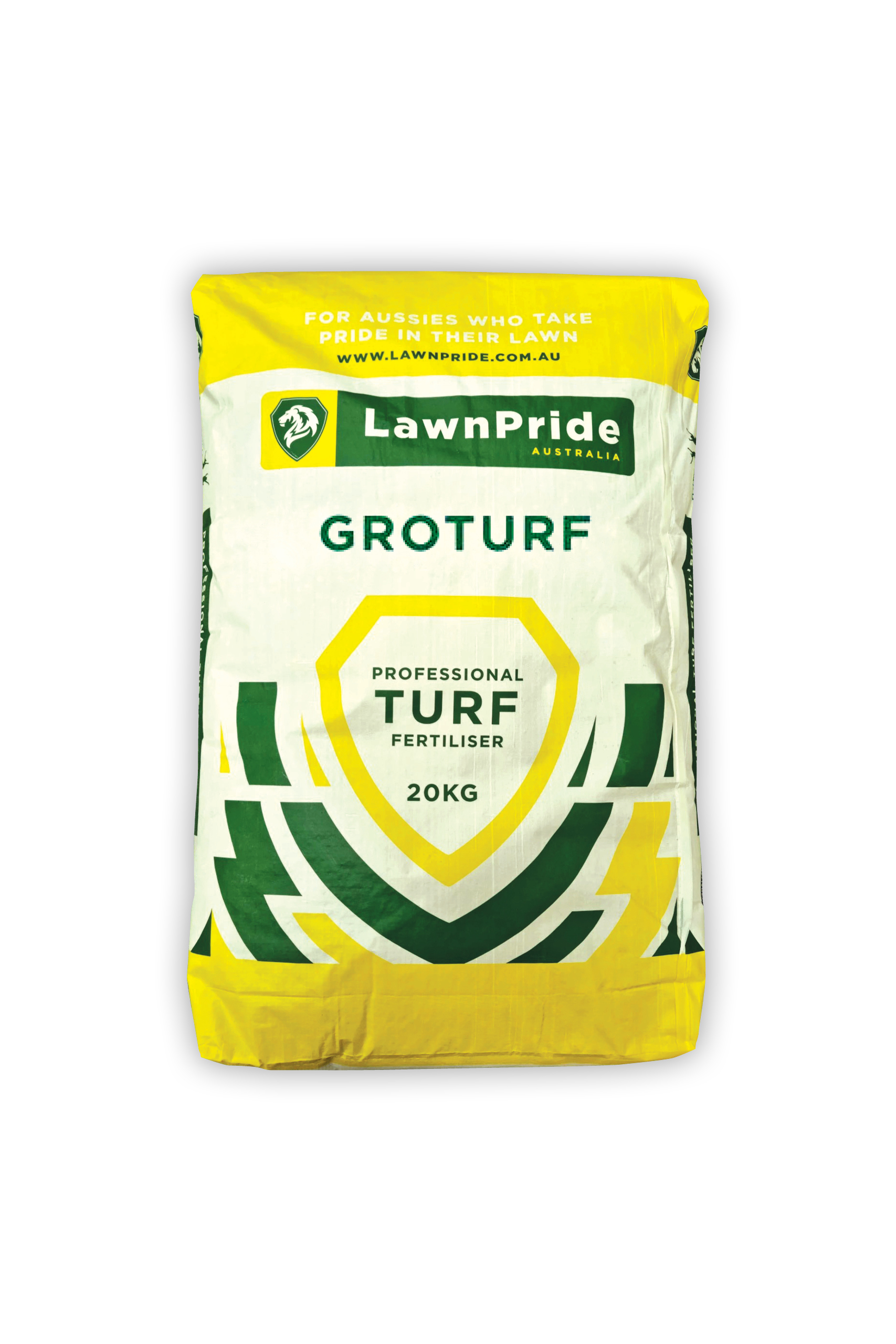
For traditional fertilisers, LawnPride Groturf 15-4-11 + Traces 20kg is an instant release granular fertiliser designed to initiate rapid growth of your lawn thanks to extra trace elements that build up your soil’s nutrients. Suitable for Zoysia, Kikuyu, Couch and Buffalo grasses. Always read the safety directions and instructions on the product label before use.
SHOP NOW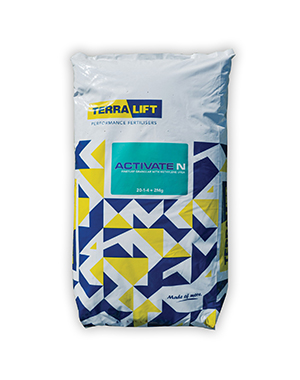
For organic fertilisers, Terralift Activate N 18-1-4+2Mg 20kg is a granular fertiliser that offers excellent maintenance and renovation for a dense lawn sward. Safe for use on Zoysia, Kikuyu, Couch and Buffalo grasses. Always read the safety directions and instructions on the product label before use.
SHOP NOW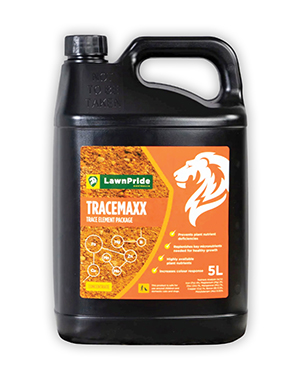
For liquid fertilisers, LawnPride TraceMaxx 5L Concentrate provides a complete package of the 9 essential Trace Element nutrients that aid in preventing plant nutrient deficiencies. Suitable for Zoysia, Kikuyu, Couch and Buffalo grasses. Always read the safety directions and instructions on the product label before use.
SHOP NOWSign up for our Newsletter to receive your free guide.
